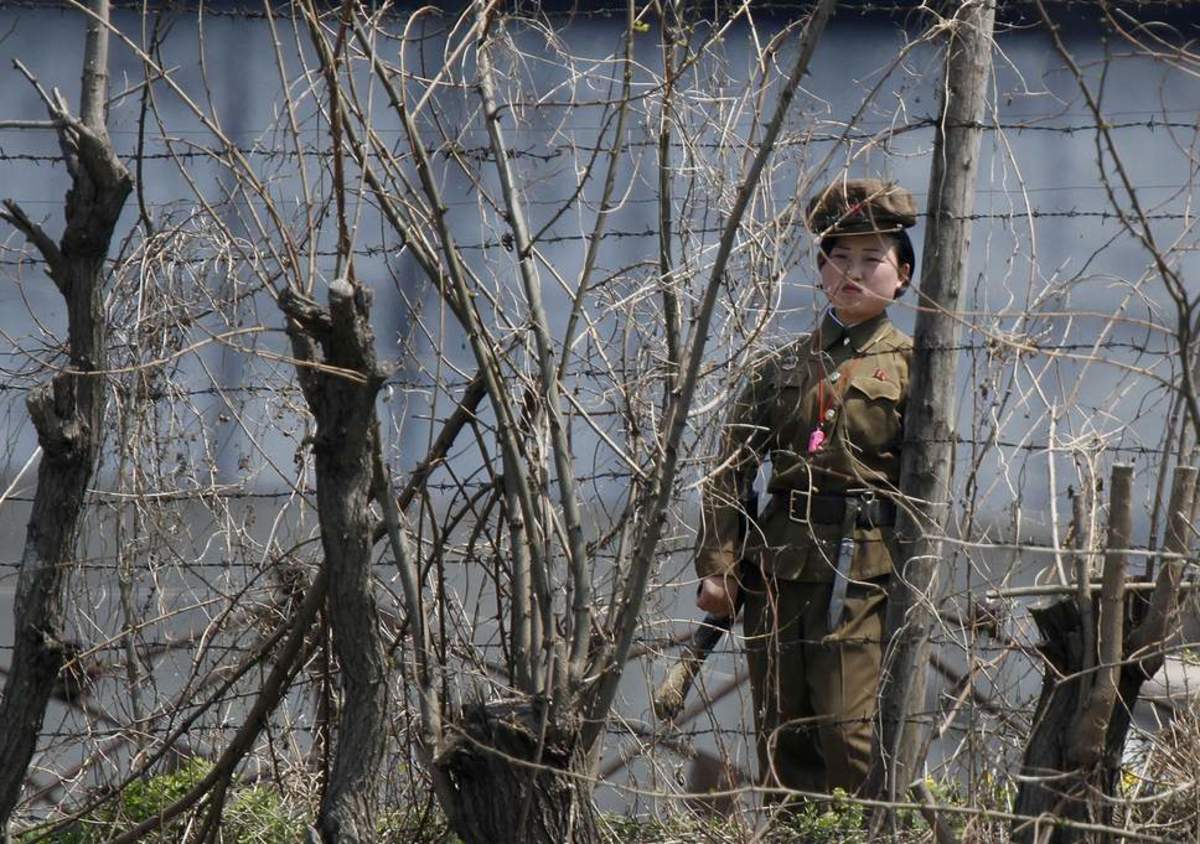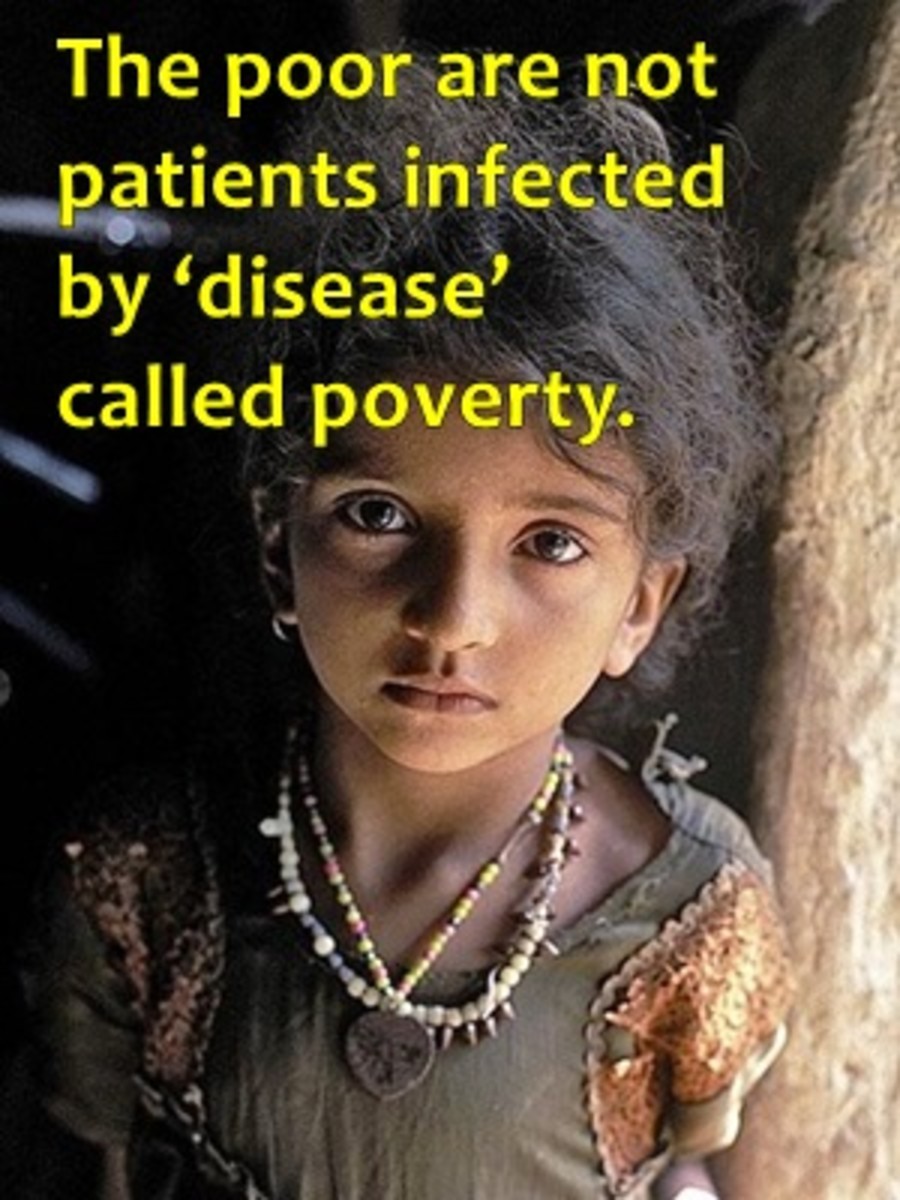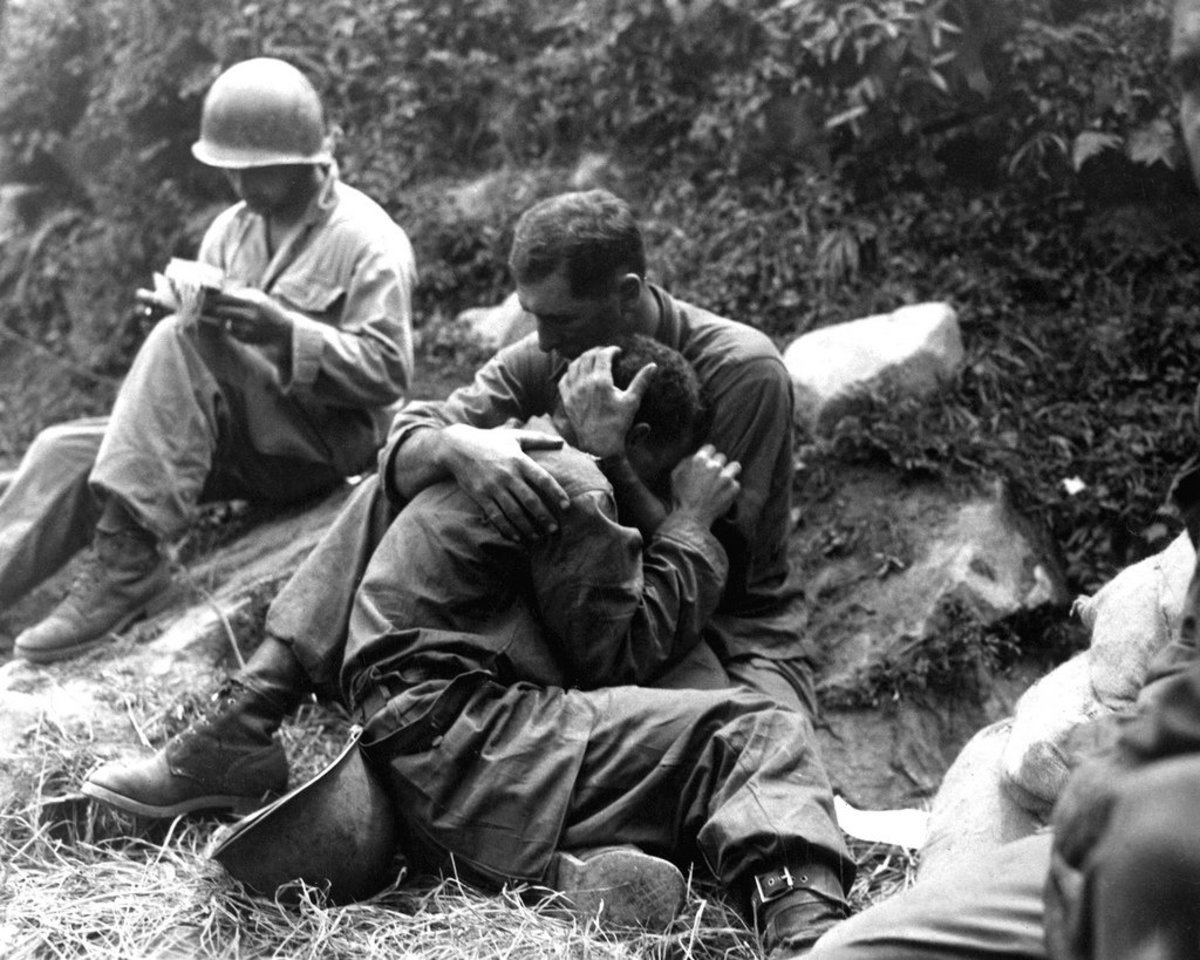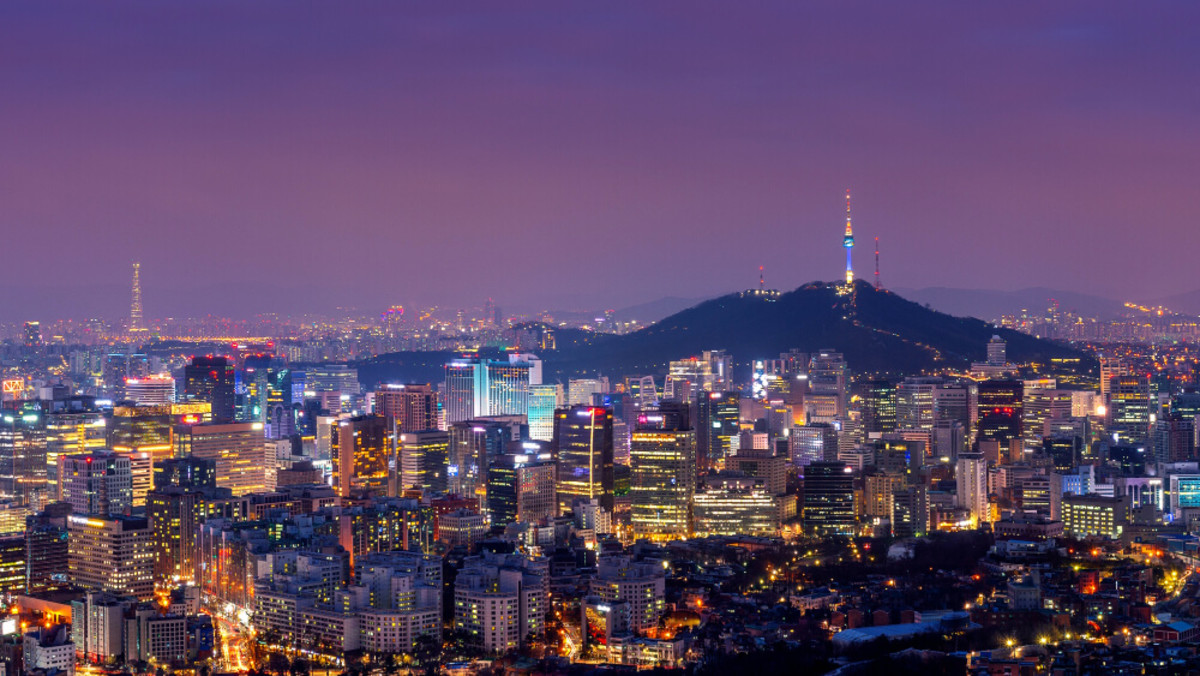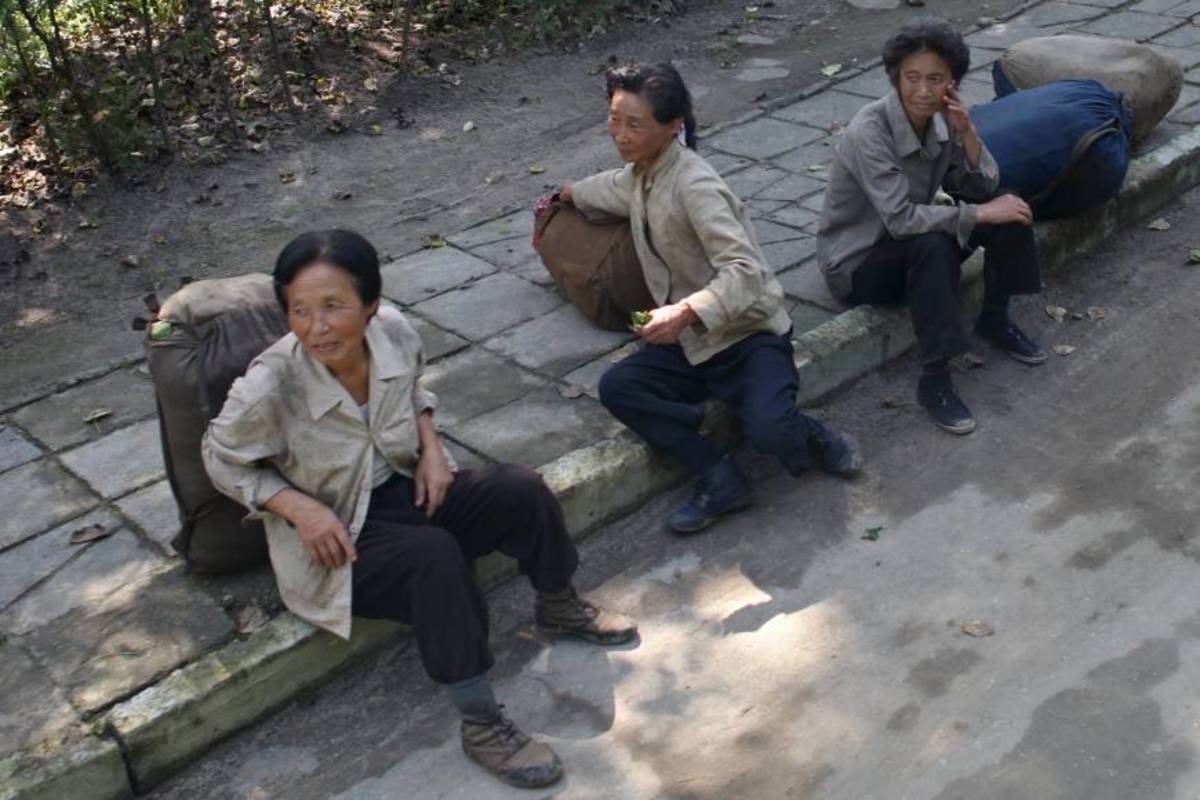The Hermit Kingdom
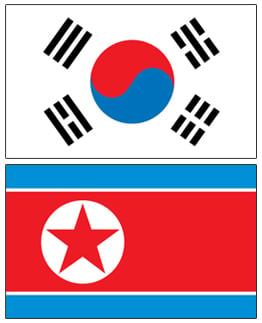
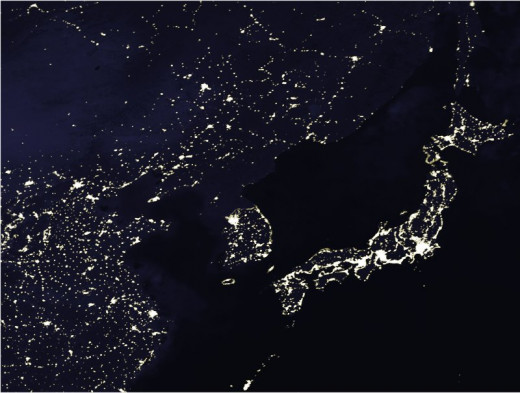


The Hermit Kingdom
While South Korea is a fully functional democracy enjoying economic prosperity and becoming a player on both the regional and world stage, north of the 38th Parallel the story is starkly different.
Sixty-plus years of the Kim Dynasty mismanagement, misallocation and misappropriation of resources forced North Korea, beginning in the 1990's, to seek massive foreign aid to feed its people.
Secretive to the point of paranoia, North Korean leaders starting with Kim Il Sung clamped down hard on contact with the outside world and has spent decades demonizing South Korea and the United States. News from inside may be days, weeks or even months old before it is released to the world.
In 2009, PDRK leaders announced currency reforms that proved disastrous to an already devastated economy. People saw their life's savings wiped out overnight, what few free markets there were in the country collapsed.
To provide the illusion of religious freedom, PDRK communists established state-sponsored religions that took traditional Korean beliefs and bent, twisted and molded them into what amounts to worship of the state, with the Kim family as deity.
From the country's founding, they have attributed supernatural powers to the Kims. For example, they claimed Kim Il Sung could control the weather, Kim Jong Il was called in his obituary, the "illustrious commander born of heaven," and it was claimed that on his death, "the skies glowed red above sacred Mount Paektu and the impenetrable sheet of ice at the heart of the mystical volcano cracked with a deafening roar."
So far, the only thing said of Kim Jong Un is he was "born of Heaven." Give them time...
Belligerent policies and constant provocations have brought worldwide condemnation, economic sanctions and even deeper isolation.
North Korea is, and has been for some time, in deep trouble. But for the aforementioned foreign aid, the country might have collapsed completely.
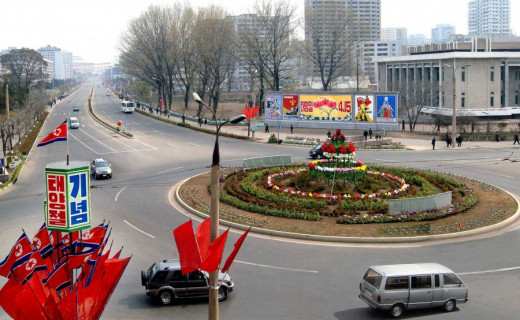

Some North Korean Stats
With a population of more than 27 million, the People's Democratic Republic of Korea ranks 49th in the world for population size.
The median age is 33 with a life expectancy of slightly over 69 years. Those 65 years and older comprise 8.9% of the population.
There is an infant mortality rate of 26.21 deaths per 1,000 live births and 81 maternal deaths per 1,000 live births.
They spend 2% of their GDP on healthcare.
According to 2004 estimates, 20.6% of children age 5 and under are underweight.
A 1991 estimate had the literacy rate at 99%, but that is somewhat suspect.
North Korea has one of the world's most centrally directed and least open economies. There are chronic shortages.
A relatively small amount of arable land, poor fertilization techniques, collective farming and land mismanagement over the years has resulted in extremely poor agricultural output.
Large-scale international food aid deliveries as well as aid from China has allowed the people of North Korea to escape widespread starvation since famine threatened in 1995, but the population continues to suffer from prolonged malnutrition and poor living conditions.
According to a CIA report:
"In December 2009, North Korea carried out a redenomination of its currency, capping the amount of North Korean won that could be exchanged for the new notes, and limiting the exchange to a one-week window. A concurrent crackdown on markets and foreign currency use yielded severe shortages and inflation, forcing Pyongyang to ease the restrictions by February 2010."
Then, there's the industrial complex operated jointly with South Korea at Kaesong that provided some 50,000 North Korean jobs. At least it did until "Li'l Kim" shut it down a couple of weeks ago.
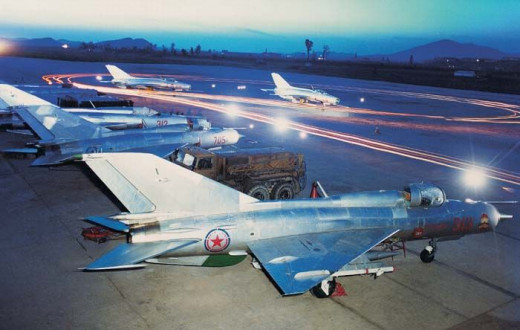
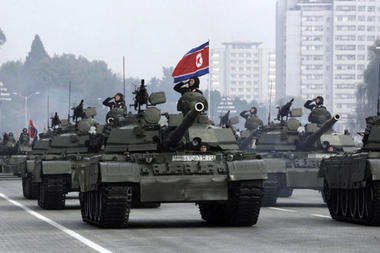
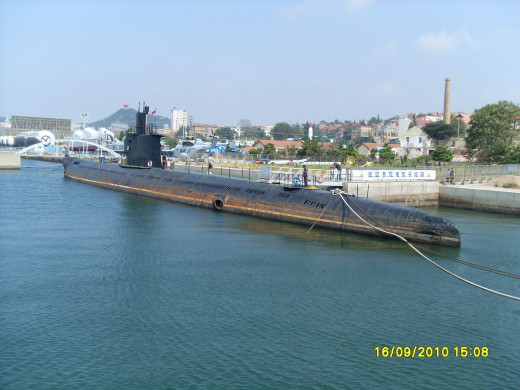
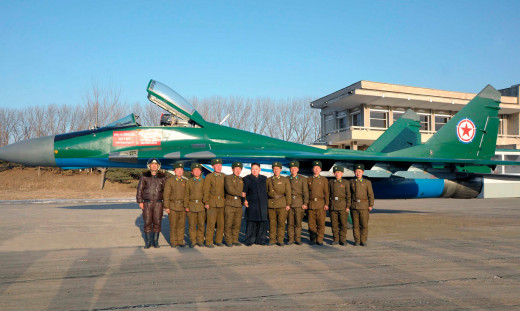
The Korean People's Army
The North Korean military forces come under the all-encompassing Korean People's Army.
Under this umbrella are: People's Ground Forces, People's Air Force and Defense, People's Navy, and Worker's-Peasant's Red Guard Militia.
Conscripted at age 17, there are currently 1,106,000 active personnel, making them the 5th largest armed force in the world. Added to that, is the world's largest reserve force standing at 8,200,000.
Latest estimates show a budget of approximately $10 billion, or just over 25% of GDP.
Despite it's enormous size, it possesses mostly obsolete or obsolescent equipment.
For example, the Air Force still operates as its backbone the 50-plus year old Mig-21 "Fishbed," at least 200 examples of various models having been obtained over the years. Some 150 are believed to still be in service.
Even older are the 98 examples of the MiG-19 "Farmer" still in the active inventory, although serviceability is suspect.
By far their oldest combat aircraft is the long-obsolete MiG-17 "Fresco."
They also operate the Illyushin IL-28 "Beagle" medium bomber of early-50's vintage and it's Chinese-built version, the Harbin H-5. Although serviceability is questionable, this aircraft presents a bit of a worry due to its 3,000kg bombload which includes chemical/nuclear capabilities and 2,400 mile range. However, it's relatively slow speed and low service ceiling leaves it quite vulnerable to air defenses.
Their most modern combat aircraft are the MiG-23 "Flogger" and the very few MiG-29 "Fulcrum." The "Fulcrum" is based solely around Pyongyang.
All tolled, it is generally accepted that North Korea operates approximately 1,700 aircraft, combat, transport, recon, fixed and rotor-wing.
North Korean pilots average 12-15 hours flight training time annually, compared with their US and South Korean counterparts who receive that same 12-15 hours monthly.
The North Korean Navy is equipped mainly with coastal patrol craft unable to operate much further than 50 miles from the coast. They also utilize fast-attack craft, with anti-ship missile capability and amphibious hovercraft.
They operate at least four ex-Soviet "Whiskey-class" attack submarines and twelve Chinese and DPRK-built "Romeo-class" attack subs.
The People's Navy also boasts an impressive array of artillery and missile-based coastal defenses and extensive mine-laying capabilities.
By far the largest branch of the PDRK's military is the ground forces, operating between 4,500 and 5,500 tanks of various types, sizes and capabilities. Like most Soviet-influenced armies, North Korea relies heavily on the concept of armored (tank) warfare.
The Ground Forces also has a formidable variety of field and air defense artillery pieces.
North Korea by and large follows the Soviet military model, in which chemical weapons are considered part of conventional warfare, with nuclear warfare in a separate category. This, however, is modified by the PDRK's doctrine of "if you have it, use it."
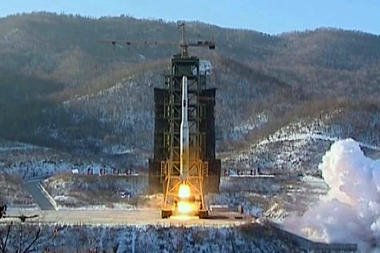
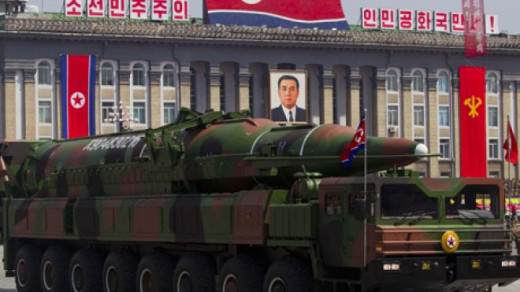
Going Nuclear
In recent years, North Korea has pulled out all the stops to develop and add nuclear weapons to enhance it's large and capable but aging weaponry, drawing the ire of practically the entire world.
Of course, North Korean leaders boast of a diverse nuclear weapons capability, claiming (and threatening) to be able to reach US bases all over the region, and the US mainland.
Western intelligence reports are mixed and somewhat contradictory on the question of the extent and capabilities of North Korea's nuclear forces.
Their Strategic Rocket Forces possess an array of delivery vehicles from SCUD missiles to the Taepadong-2 and Musudan rocket in their quest for a true intercontinental ballistic missile.
While it generally believed they have yet to develop a nuclear warhead capable of fitting atop their missiles and rockets and lack reliable guidance systems, it is not totally dismissed.
Further, it is much easier to develop free-fall nukes, and at least some of their combat aircraft (other than the IL-28) have at least some nuclear delivery ability. Nuclear artillery shells are also easily produced, requiring far less nuclear material and, except for the gun's own targeting system no guidance.
It is this uncertainty, coupled with the unpredictability of PDRK leadership, that is the main cause for concern in the region.
While most leaders publicly downplay North Korean nuclear capability, privately they are worried.
Even if they haven't all the nuclear capability they claim, they certainly have enough to be a major threat to stability in the region.
The "Gift" That Keeps on Giving
The more I dig into this subject, the more I find. With the dynamic nature of this crisis, my information changes on an hourly basis, making formatting and editing a real nightmare
Stick with me, folks. This is taking longer than I planned. Another installment is coming. In the meantime, feel free to jump in with your comments and insights.

